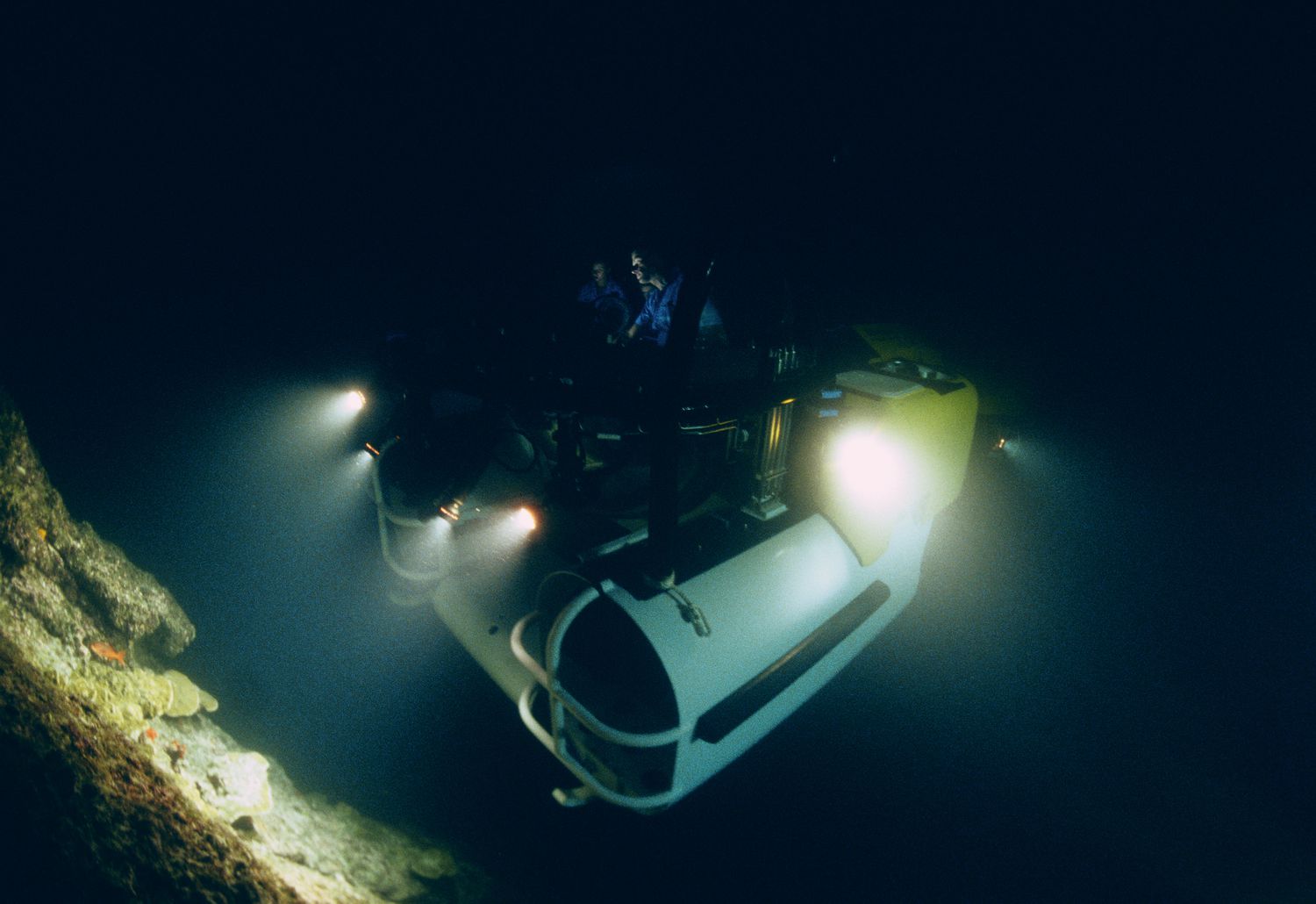
Exail, RTsys, and ABYSSA Forge Alliance for Groundbreaking Ocean Exploration
In an exciting development for marine technology, Exail, RTsys, and ABYSSA have joined forces to embark on the CARMA (Mineral resources mapping by AUVs swarms) project. This strategic partnership, co-funded by Bpifrance under the #France2030 initiative, aims to push the boundaries of ocean floor mapping, facilitating advanced understanding of the depths below.
 Innovative underwater technology is paving the way for deeper exploration.
Innovative underwater technology is paving the way for deeper exploration.
A New Frontier in Marine Surveying
The CARMA project is poised to revolutionize seabed surveying. The initiative focuses on developing swarms of Autonomous Underwater Vehicles (AUVs) to enhance the efficiency and precision of marine exploration. A key component of this venture is the design of a multi-sensor underwater drone capable of diving to depths of 3,000 meters. By coordinating these multiple AUVs, the project strives to cover larger areas of ocean floor, unlocking secrets that lie beneath the waves.
As stated in the project outline, “This innovative solution is crucial for improving our understanding of deep-sea environments.” The combination of advanced collaborative navigation systems, acoustic communication techniques, and innovative mapping capabilities is set to support French authorities’ strategies for developing extensive deep-sea exploration capacities.
The AUVs being developed will allow for unprecedented underwater exploration.
Enhancing AUV Capabilities
Exail is enhancing its A18-D deep-water AUV to take the lead in this ambitious project. The improvements will allow for navigation at depths of up to 3,000 meters, enabling the vehicle to operate over sloped terrains closely aligned with the seabed. This capability is critical for accurately geolocating data collected by the AUV swarm.
RTsys is also making significant strides in the project by upgrading its newly developed COMET-3000 AUV, which is designed to dive to the same depth. A fleet of these AUVs will not only serve as followers but also leverage a new launch and recovery system essential for swarm operations.
ABYSSA’s role centers on developing strategic exploration tactics for their deep-water AUV swarms. They are also tasked with processing magnetic data collected during explorations, which is vital for mapping seabed anomalies, providing insights that could lead to significant discoveries in marine resources.
Future Prospects and Objectives
The ambitions of the CARMA project do not end with current developments. The initiative aims to produce an operational demonstrator for at-sea testing by 2026, setting the stage for future commercial undertakings in marine exploration. Additionally, research is already underway exploring the possibility of extending operational capabilities to depths of 6,000 meters, allowing even broader opportunities in underwater exploration.
 Exploration at greater depths opens up new realms of science and discovery.
Exploration at greater depths opens up new realms of science and discovery.
Conclusion
The collaborative efforts of Exail, RTsys, and ABYSSA signify a noteworthy advancement in oceanic research and exploration technology. As these companies push the envelope of what is achievable under the sea, the potential for discovering new resources and understanding our ocean environments continues to grow. The CARMA project not only addresses current needs for improved seabed surveying but also lays the groundwork for a new era of marine exploration.
As industry players gear up for a new phase in underwater innovation, the attention now shifts to the real-world applications and discoveries that may soon be just around the corner.
In related news, the ongoing advancements in underwater technology are vast and varied, with innovations ranging from low-gravity ocean world studies to governmental contracts for unmanned surface vehicles (USVs). Such developments all contribute to a more sustainable and efficient approach to managing our ocean resources.















